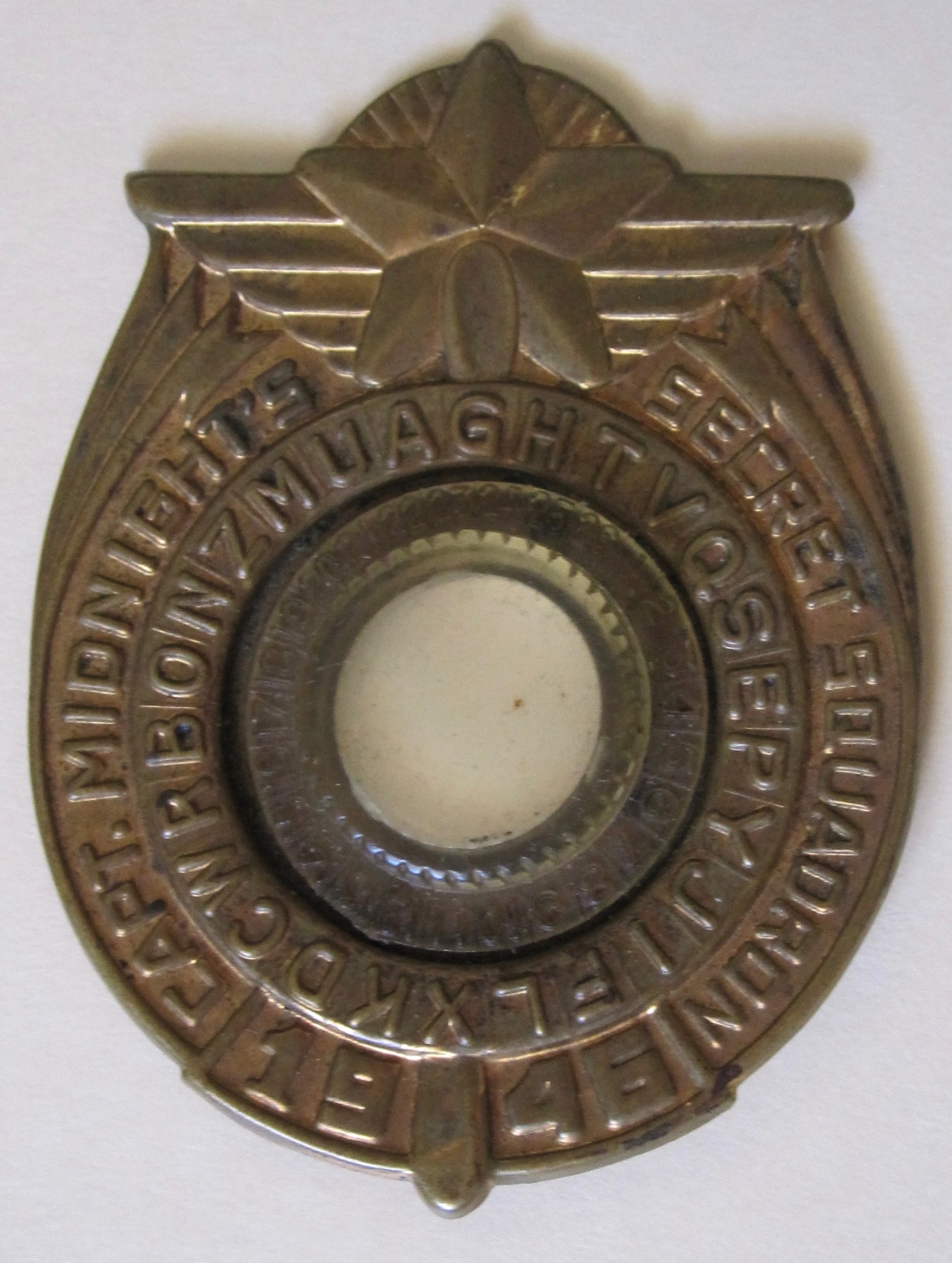Section 4.1 Cipher Machines
Several inventions in the 1800's dramatically changed the nature of communication techniques and increased the need for encrypting information. The invention of the telegraph in the mid-1800s vastly increased the speed of communication. Once telegraph lines were laid between locations, messages were transmitted very quickly. However lines could be tapped, so communicating by telegraph increased the need for greater security. Since telegraph companies charged by the “word” in transmissions, communication techniques favored efficient ways to exchange information. Thus, the use of code books, both public and secret, increased dramatically.



The second invention in the late 1800's/early 1900's was the development of communication by radio. This made long distance communication much faster and easier (no telegraph wires needed), but anyone could intercept and overhear the messages communicated by radio. So the need for secure methods of communicating became even more important. As communication technology progresses in these important directions, we also see a corresponding increase in the complexity of code and cipher techniques. In particular, we see the development of mechanical and electrical machines for encrypting information. These cipher machines were often dominated by combinations of rotors and were prevalent from the 1920s to the 1970s.




